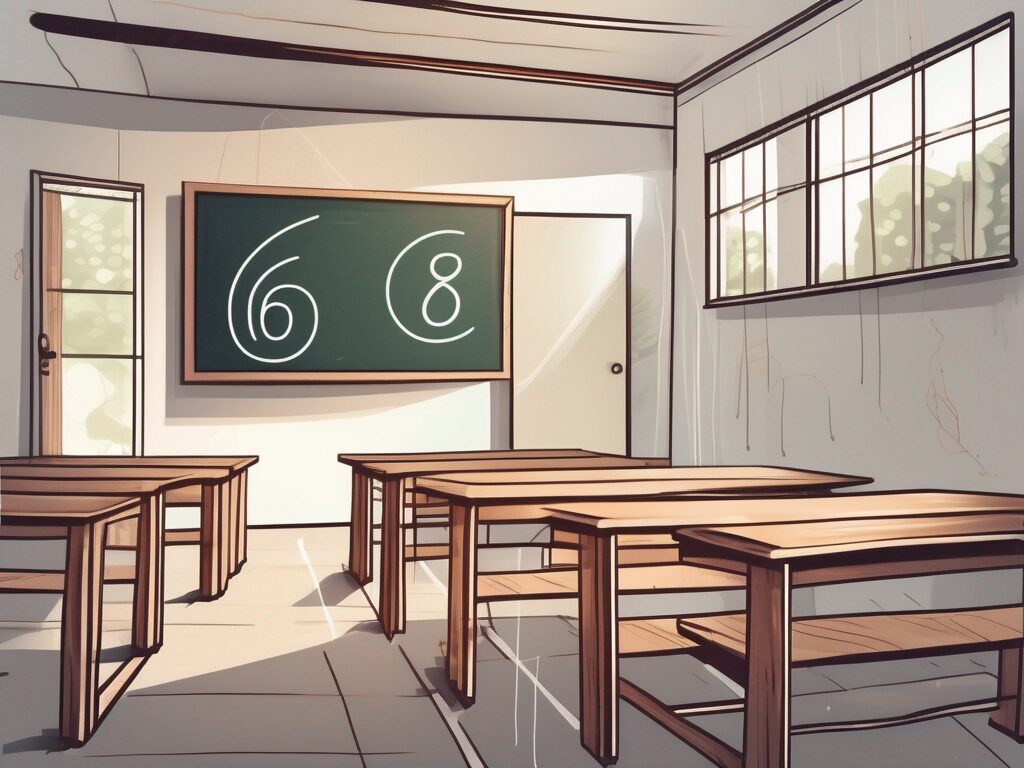What are the 4 Creative Arts?
The creative arts encompass a wide range of disciplines that foster imagination, expression, and cultural understanding. For aspiring international teachers, understanding these arts is crucial for creating engaging and culturally rich learning environments. In this article, we will explore the four main creative arts, their importance in education, and how you can incorporate them into your teaching practice.
Table of Contents
- Why is it Important for Aspiring International Teachers?
- Key Skills or Qualifications Required
- Steps to Get Started
- Challenges and How to Overcome Them
- Best Practices and Tips for Success
- Conclusion
Why is it Important for Aspiring International Teachers?
The creative arts—comprising visual arts, music, dance, and drama—play a vital role in education by enhancing students’ cognitive and emotional development. For international teachers, integrating these arts into the curriculum can lead to improved student engagement and cultural awareness. According to recent job market trends, schools worldwide are increasingly seeking educators who can incorporate creative arts into their teaching, making it a valuable skill set for aspiring teachers.
Key Skills or Qualifications Required
To effectively teach the creative arts, educators should possess a strong foundation in at least one of the four disciplines. Key skills include:
- Creativity and innovation
- Strong communication and presentation skills
- Ability to adapt lessons to diverse cultural contexts
- Experience in arts education or related certifications
Steps to Get Started
To begin incorporating the creative arts into your teaching career, consider the following steps:
- Obtain relevant certifications or degrees in arts education.
- Gain experience through workshops, internships, or volunteer opportunities.
- Stay updated on global trends in arts education.
- Network with other educators to share resources and strategies.
Challenges and How to Overcome Them
Teaching the creative arts can present challenges such as limited resources or varying student interest levels. To overcome these, educators can:
- Utilize online resources and digital tools to supplement materials.
- Engage students by connecting arts lessons to their cultural backgrounds.
- Collaborate with local artists or cultural organizations for support.
Best Practices and Tips for Success
Successful integration of the creative arts into teaching involves:
- Incorporating arts into other subjects to create interdisciplinary lessons.
- Encouraging student-led projects to foster ownership and creativity.
- Regularly assessing and reflecting on the effectiveness of arts-based lessons.
Conclusion
Understanding and integrating the four creative arts into your teaching practice can significantly enhance your effectiveness as an international educator. By fostering creativity and cultural awareness, you can create a more engaging and inclusive learning environment for your students.
Want to become a teacher in a Tier 1 international school? Join the course here.

